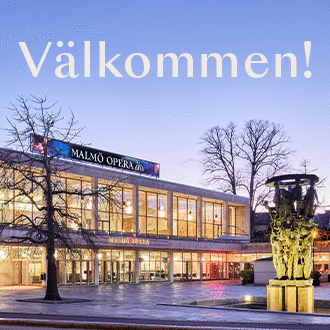There are 936 UNESCO World Heritage Sites. Most earn the honor by being culturally or naturally significant. The entire center of Budapest made the list by just being really, really pretty.
At least, that’s what I assumed standing along a stretch of the Danube River–flanked by grand palaces on both shores. The evening view along the water was even more spectacular, like a symphony of lights painting a stunning panorama. Going inland, the grandeur continued as I absorbed the breathtakingly detailed architecture on every apartment building. Rarely have I beheld architectural craftsmanship with such an aggressive—perhaps even fanatical—taste for flair. The builders obviously weren’t content with plain columns. At least, not when they could be columns shaped like rich Hungarians.
But where Budapest’s 19th century prosperity is showcased by its architecture, the more recent century’s struggles are visible in day-to-day life.
The local friends I stayed with said Hungary is still lagging economically from its years behind the iron curtain. The nation apparently hasn’t progressed since 1989 as quickly as expected, either, which I noticed whenever I strayed into neighborhoods that weren’t cleaned up for tourists. Sadder yet were several buildings that, despite having gorgeous exteriors, were boarded up and abandoned.
I’m optimistic though, because Budapest has improved itself enormously since the curtain fell. I had coffee in two buildings that were once abandoned, but are now brand new cafés with interiors so royal they would make King Louis blush. Take a look.
Other condemned apartment buildings have been transformed into amazing nightclubs. I went to one called Instant which featured psychedelic sculptures and paintings underneath three stories of bars and dance floors. I have no doubt the artists were on drugs while remodeling the place, but it’s ingenious ideas like this that will propel Budapest onto more travelers’ radar.
Budapest is a city that is very much what people want from their European experience—for less money. It has old-world splendor that isn’t being shoved out by skyscrapers and freeways, and offers affordable attractions. Not to mention fewer tourists!
I’m confident that Budapest will shed its reputation as a poorer city, so long as Hungary’s economy continues to strengthen. My friend, who grew up under Communism, says Budapest is barely the same city she knew as a child. In fact, the city seems content to be rid of that era. A respected public statue of Ronald Reagan hinted this, as well as the fact that all of the city’s Communist monuments are rounded up and on display in a museum.
Budapest really impressed me. The fact that the city still hasn’t reached its potential is a thrilling thought—one that promises a second visit real soon.
Tip of the day: All-you-can-eat Hungarian food at Trófea Grill. Another buffet place, I know, but this place includes drinks! Try to pass out from the food and not the wine.
Next: Vienna










